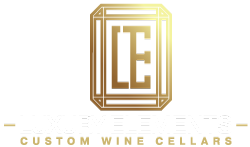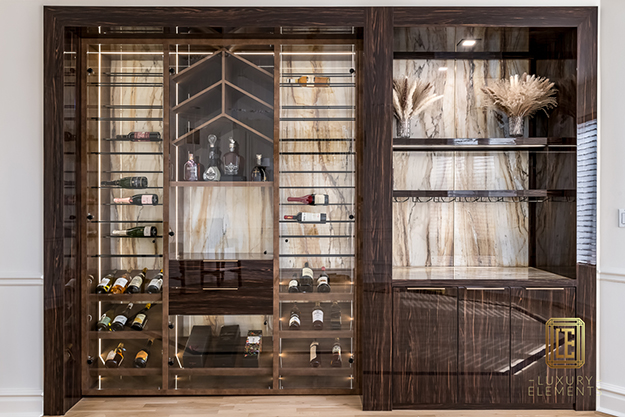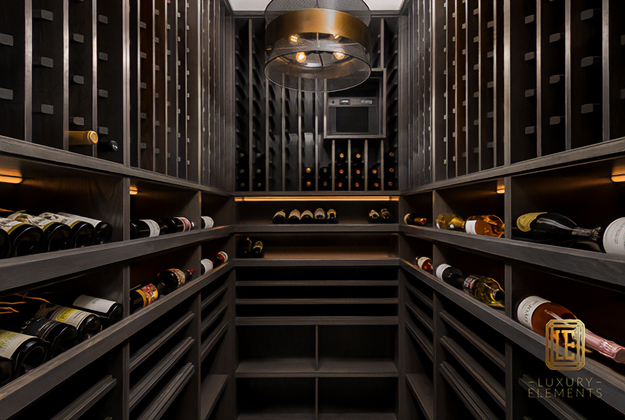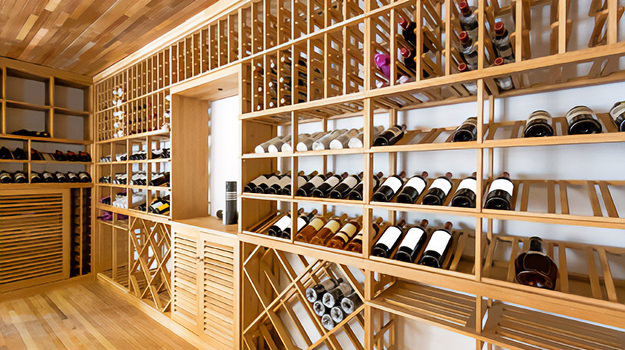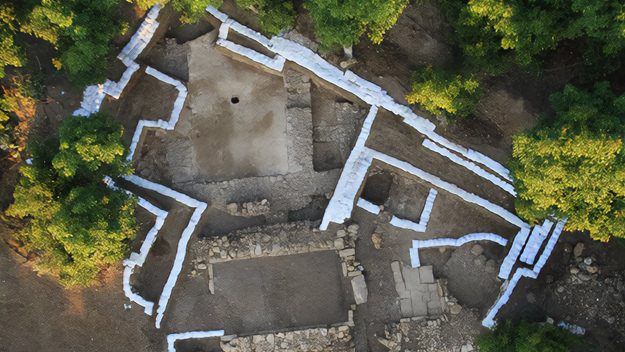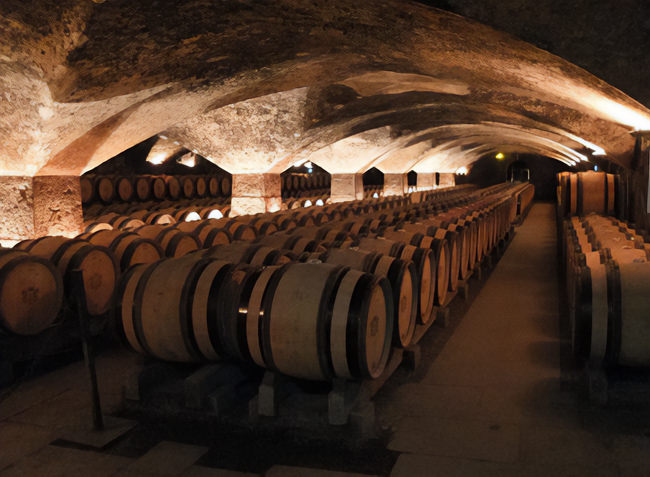Luxury Elements2022-11-12T13:14:51-06:00One very important feature of your wine cellar is the floor and your choice of flooring materials. With that in mind, the total weight of your wine cellar; i.e., the cellar build itself and its contents when fully stocked, must be taken into account when selecting a location. These include the base, subfloor and ultimately your selection of the flooring materials. These factors will be taken into consideration by your Luxury Elements architect when helping you select the materials and designing your cellar and its floor.
First, let’s first discuss what not to use. It may be obvious but then again perhaps not, but carpeting is totally unsuitable as a covering for wine cellar floors. Carpeting can be difficult to maintain as dust and dirt can accumulated in the weave and padding, and wine stains are often difficult to remove. Carpeting can retain moisture and release toxins used in its production as well. Not a good choice!
There are a myriad of suitable flooring options, many more than in years past. Let’s consider the most popular types:
Tile
There are numerous types of tiles to choose from. Porcelain is the latest “fad” which has actually been around for quite a while. This product comes is various shades and patterns that can be perfect for your cellar if you so choose. There are also slate ceramics that mimic natural slate, as well as marble, mosaics and wood grain tiles, all available in hundreds to colors, shapes, patterns and sizes. Anyone of these would make a dramatic and beautiful floor to your wine cellar.
Stone
Natural stone, such as slate, flagstone, bluestone, travertine, marble, pebbles and others will lend a rustic or natural look to a wine cellar. Patterns can be random or installed in a more orderly fashion. The range of colors and textures available can match any wine cellar design from rustic or traditional to ultramodern. Not sure? Ask your designer to show you samples.
Wood
If wood is your choice, there are many different types of wood flooring to choose from. There is, of course, traditional oak in a number of widths and colors. There is also hickory, bamboo, and many other exotic hardwoods including engineered hardwood available in a multitude of widths, grains and colors. Wood flooring can be installed in patterns (herringbone for example), or combined with other types of flooring materials to make a stunning statement in your wine cellar.
Whatever flooring type you select, you need to make sure it suits your personal style and is compatible to the cellar design itself. Can’t decide? Talk with your Luxury Elements design consultant. They are experts when it comes to matching flooring to your wine cellar.
